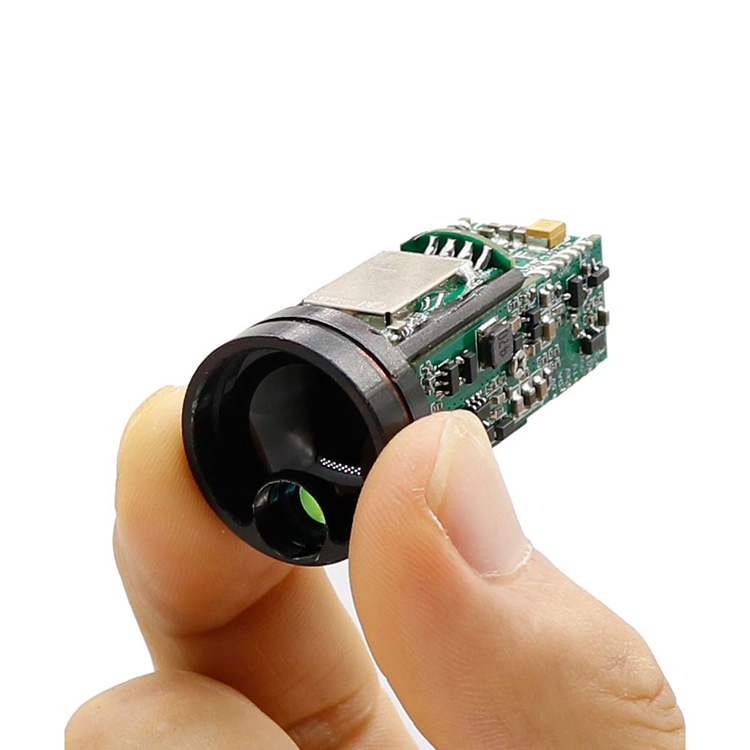What Is a Laser Rangefinder Module and How Does It Work?
2025-02-22
Laser rangefinder modules are essential components in modern distance measurement technology, widely used in applications like robotics, surveying, and industrial automation. But what exactly is a laser rangefinder module, and how does it work? In this blog, we’ll explore its working principles, advantages, and key features.
What Is a Laser Rangefinder Module?
A laser rangefinder module is a compact device that uses a laser beam to measure distances accurately. It is often embedded in electronic systems such as drones, smart devices, and industrial sensors for precise distance calculations.
How Does a Laser Rangefinder Work?
Laser rangefinders use a Time-of-Flight (ToF) principle to measure distances:
1. The module emits a laser pulse towards the target.
2. The laser beam reflects off the target and returns to the sensor.
3. The device calculates the time taken for the laser to return.
4. Using the speed of light, it determines the exact distance.
Some advanced models use phase-shift technology or triangulation methods to enhance accuracy and range.

Key Features of Laser Rangefinder Modules
- High Accuracy: Can measure distances with precision down to millimeters.
- Long Range: Some modules can detect objects several kilometers away.
- Compact Size: Easily integrated into various systems.
- Fast Response Time: Provides real-time measurements for dynamic applications.
- Multiple Interfaces: Supports USB, Bluetooth, or serial communication for easy data transfer.
Advantages Over Traditional Measuring Methods
✔️ Non-Contact Measurement: No physical contact needed, making it ideal for hazardous environments.
✔️ Works in Various Conditions: Can function in bright sunlight, low light, or foggy conditions with minimal errors.
✔️ Durable and Reliable: Long-lasting with minimal maintenance.
Laser rangefinder modules have become indispensable for industries requiring precision distance measurement. Whether in construction, security, or industrial automation, their ability to deliver fast and accurate measurements makes them a superior choice.


